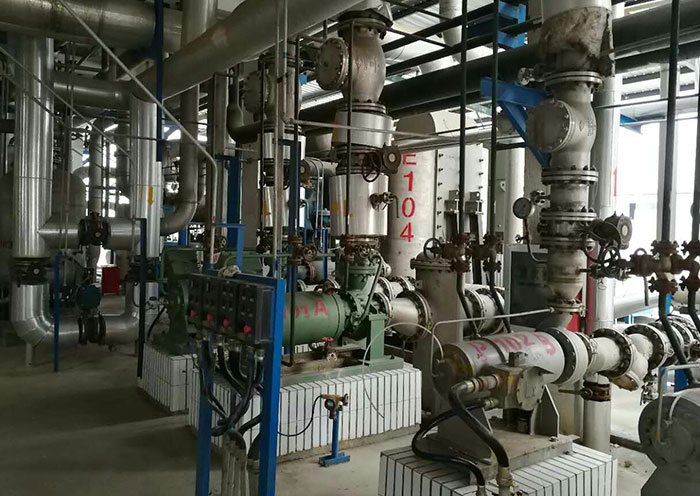How To Treat Aldehyde-containing Wastewater?
In addition to a large amount of formaldehyde, formaldehyde wastewater also contains alcohol, benzene, phenol, trioxane, methylal and the like. Low concentrations of formaldehyde have an inhibitory effect on microbial growth. High concentrations of formaldehyde can denature proteins and microorganisms are difficult to survive. As a Hydrogen Peroxide Plant Supplier, we share with you how to treat aldehyde-containing wastewater.
Introduction to common process of formaldehyde wastewater treatment:
1. Oxidation method: oxidation method includes reagent oxidation, ozone oxidation, micro-electrolysis oxidation, strong electrolytic oxidation, photocatalytic oxidation, wet oxidation, ultrasonic/H 2 O 2 method, ClO 2 oxidation method, etc.; The situation is fixed.

2. Blow-off method: The use of formaldehyde is easily soluble in water, and the boiling point is low and volatile. The formaldehyde in the production wastewater is stripped and pretreated with steam, which reduces the load of subsequent biochemical treatment and improves the treatment effect.
3. Biochemical method: The use of formaldehyde as a nutrient for microorganisms, the formaldehyde in the wastewater is removed by the metabolic decomposition of the organism itself.
4. Composite advanced oxidation method: Our company has independently developed a compound advanced oxidation technology, which can reduce the formaldehyde in wastewater to less than 10mg/L, and then completely degrade the formaldehyde through biochemical treatment. The process has low operating cost. The management difficulty is simple and so on.
Our company also offers Hydrogen Peroxide Production Methods. Welcome to contact us.
评论
发表评论